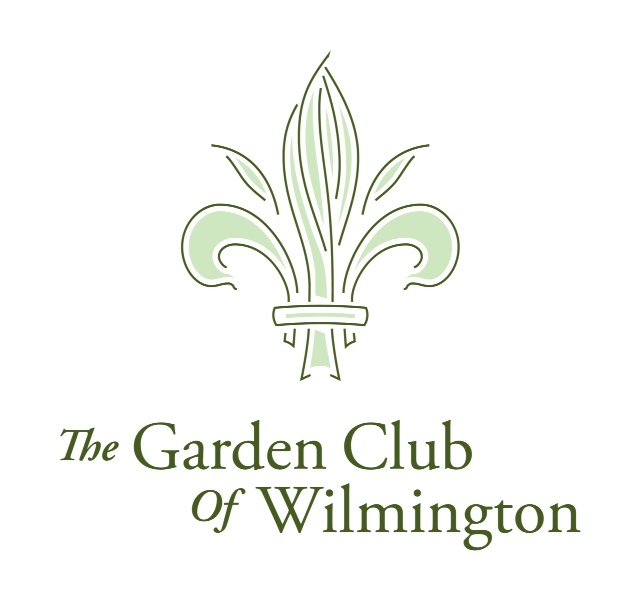Read excerpts from a recent article in the San Diego Union-Tribune. about how to help support wild bird populations by rethinking the bird feeder.
While bird feeding is experiencing a pandemic boom in popularity, feeding birds at this moment is having dire consequences. Birds are dying in no small part due to bird feeding. Because of a vicious salmonellosis outbreak this winter, wildlife officials in multiple states issued warnings earlier this year that so many birds were dying, the safest plan was to take down all our feeders, at least temporarily. This would prevent birds from congregating and spreading the disease. Those who kept their feeders up were urged to clean and disinfect them regularly.
A male American goldfinch visits a backyard feeder. Photo by Todd Smith.
Birds across the West are sick and spreading the illness as they congregate then migrate. Cases are coming in from western parts of the country to the east coast.
You can still enjoy birds. But it’s time to remove seed and take down the feeders and use a new strategy to attract and support our feathered friends: creating habitat in our garden space — whether it’s a balcony or backyard — by growing native plants and cultivating the food, nesting materials and shelter wild birds need to survive.
Think of it as treating the whole bird, says John Rowden, the National Audubon Society’s senior director of bird-friendly communities.
“We’re trying to do a better job of providing full life-cycle support for the communities we share with birds,” he said. “That’s why we’re proponents of native plantings; if done properly, you can provide food consistently over the year along with places to roost and nest.”
The Audubon Society has made it really easy to discover the most bird-friendly plants for your neighborhood with its Native Plant Database created by Rowden, using data compiled by John Kartesz, director of the Biota of North America Program. All you do is enter your ZIP code (and your email address) to get a list of the best native plants for your area, along with nearby nurseries where they can be purchased and a list of the birds the plants are likely to attract.
Birds have evolved to eat the seeds and insects native to the areas where they live, but farms, herbicides and urban development have destroyed many of those native plants, along with the insects that feed off them, causing ripples up the food chain. Think about how few insects you find on your windshield and grill these days. Then ask your parents what it was like a few decades ago, when a drive through the country left cars bristling with dead bugs. Our cars may be cleaner, but it means our birds have dwindling access to food.
We’ve gotten so feeder-focused that it’s easy to forget that insects — especially caterpillars — are a critical food for bird survival. “The vast majority of birds feed insects to their babies, independent of what they eat as adults,” Rowden said. “And caterpillars provide incredibly good packages of fat and proteins to help those babies thrive.”
Bird feeders can help supplement food for adults, but wildlife officials have gotten so many reports of sick and dead finches this year, especially the songbirds known as pine siskins, that they issued alerts warning people to take down their feeders, at least temporarily, to stop the spread of salmonellosis, Smithsonian Magazine reported last month.
Songbirds are prone to salmonellosis, commonly called salmonella. Pine siskins are songbirds and they experienced an irruption over the winter. “This is the biggest outbreak I’ve heard of and I’ve been following birds for 25 years,” says Nicole Michel, National Audubon Society director of quantitative science. “It all ties into pine seed crops in the boreal regions where they usually are. There weren’t enough seeds so they came south. They’re weak because they’ve traveled farther than they’re used to and they’re congregating wherever they can eat.”
Salmonella starts when bird food gets wet. That’s how the bacteria grows on seed then it spreads through feces dropped in the same place. Salmonella is a fatal bacterial infection for birds and it’s hitting siskins hard because they congregate around feeders, but the outbreak isn’t species-specific. Anything eating seed in your yard, resident or migrator, can spread or contract salmonella. The three Ds of symptoms include ‘depressed, drowsy and diarrhea.’ Depression won’t be obvious in wildlife, but drowsy will. Infected birds close their eyes often and they puff up, like they do in cold weather, but they’re not cold. They’re sick. Sure, it’s fun to see birds swarming on the feeders outside our windows, but birds tend to poop where they eat, and when they congregate it spreads the salmonella bacteria. “Most birds die within 24 hours of infection,” the California Department of Fish and Wildlife agency reported on Feb. 8.
There are tips for cleaning feeders and bird baths monthly with soap, water and diluted bleach, but overall, wildlife experts say the best course of action is to find natural ways to attract birds.
And we’re not just talking trees here. Birds get lots of nourishment and support from native shrubs, perennials and annuals, because they attract insects, provide nectar and produce seeds, said Rowden.

